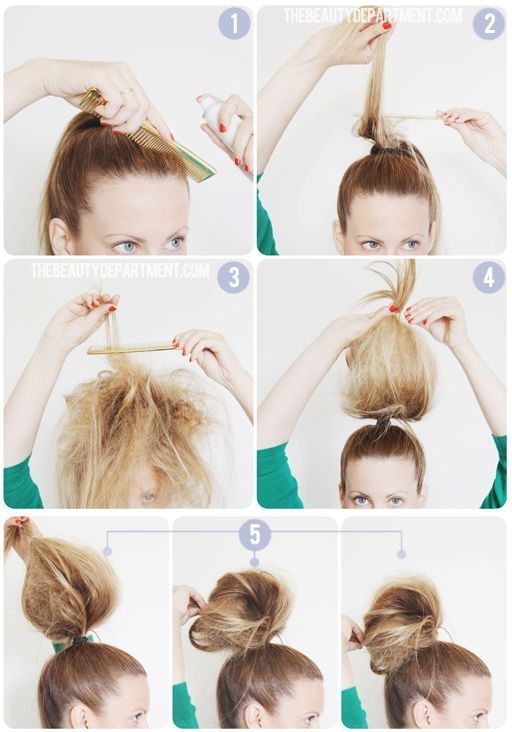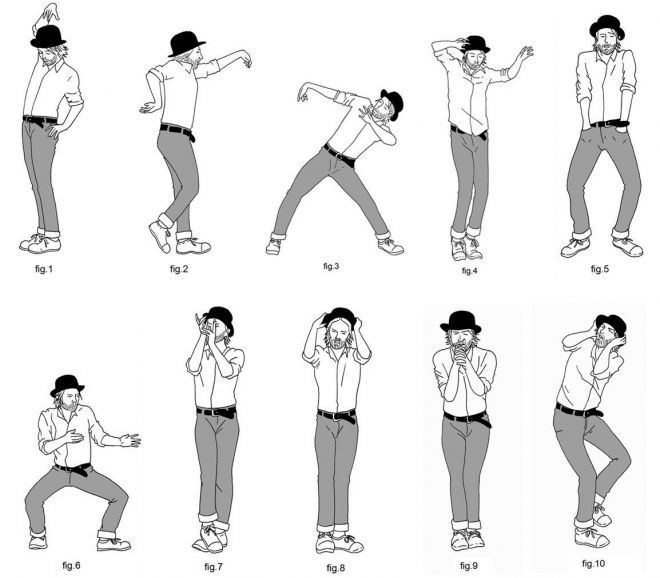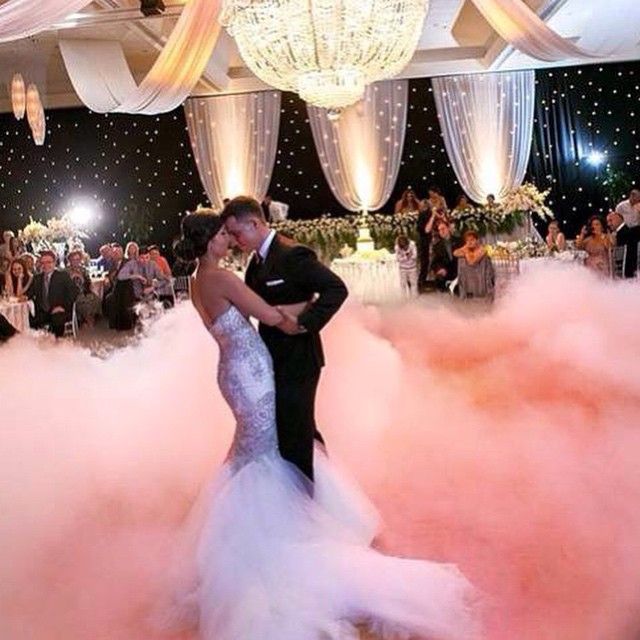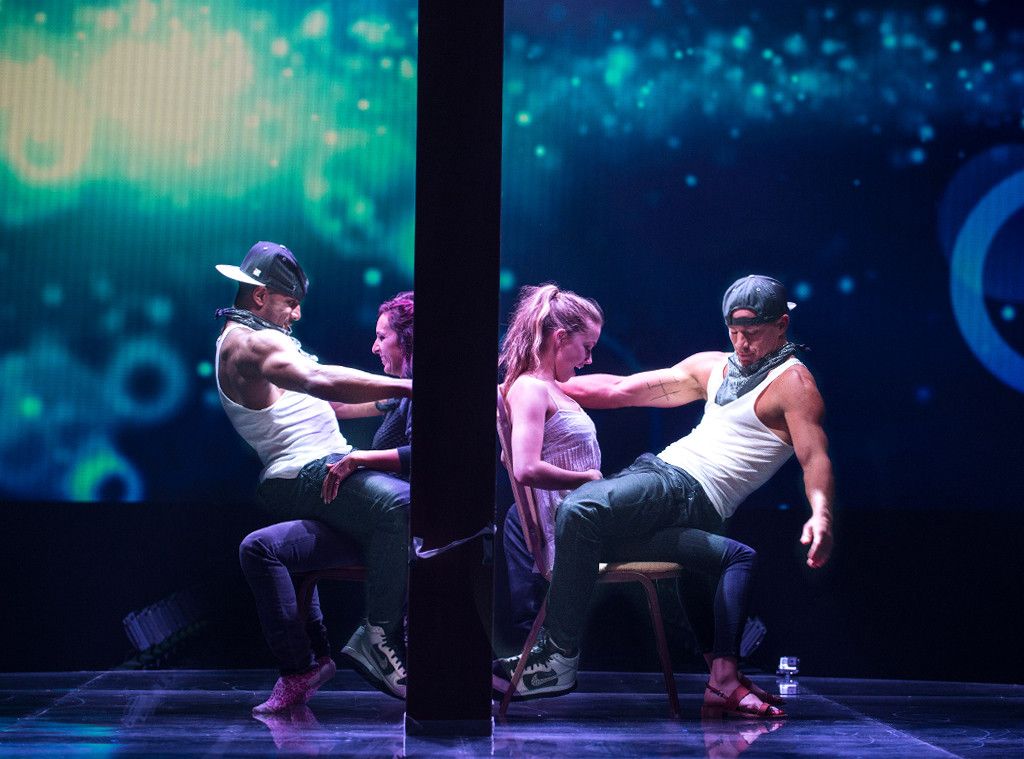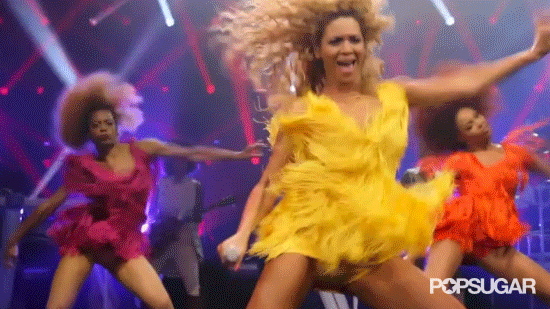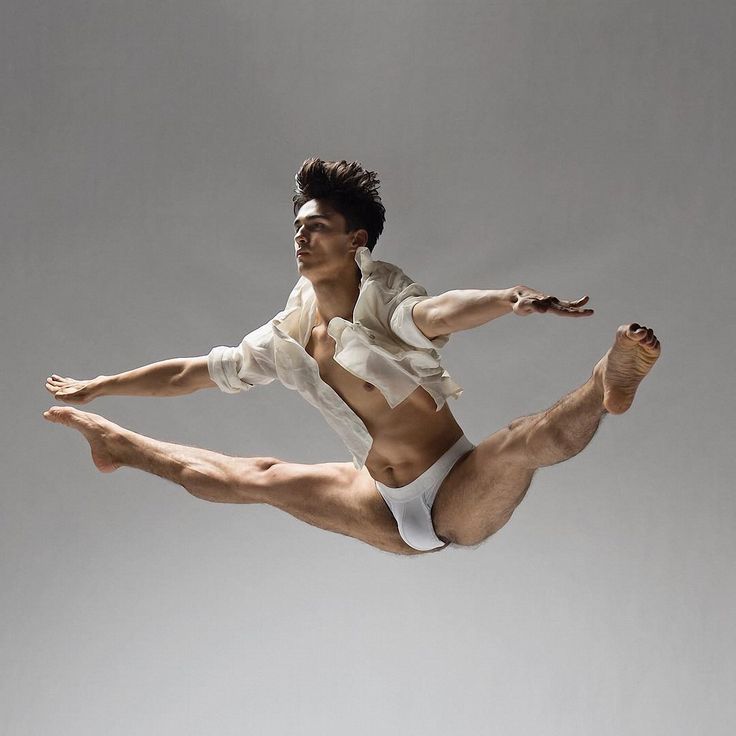How to clean suede dance shoes
How to Clean the Soles of Your Dance Shoes – Yami Dance Shoes
High-quality dance shoes are quite the investment so if you want to make the most out of every pair, they need to be cared for properly. No matter how often you wear your dance shoes, you have to clean them regularly because the materials get dirty really quickly. An example of this would be the soles.
Dance shoes are different from your regular walking shoes because of the soles, which are either crafted in microfiber or suede leather. Yami dance shoes have microfiber soles made from flock leather material. Flock leather is a type of synthetic leather that’s almost identical in texture to suede leather. The difference, apart from being cruelty-free, is that flock leather is softer, hardier, and easier to maintain than suede leather.
But here’s the thing: the textured surface material of flock leather and suede leather is a dirt magnet! It does not take long before dust, dirt, and grime collect on top of the material. If you don’t clean the soles regularly, the material could turn crusty and eventually crack. Or, the material could become extra slippery, which increases your risk of injury while dancing. Either way, it’s never a good idea to leave the shoe soles dirty, it will shorten the life of the dance shoes.
You can’t simply toss your dirty dance shoes in the washer. You have to clean the shoes before and after every use or at least once a week. Focus on the soles because these are the dirtiest parts of the shoes.
Thankfully, suede and microfiber leather often use the same cleaning products - including a good quality wire shoe brush and conditioners. The shoe brush will lift the dirt, grime, and dust while the conditioner preserves the quality of the material.
How to Clean the Soles of Your Dance ShoesDry Brushing for Regular Cleaning
Suede and microfiber soles will benefit from regular dry brushing.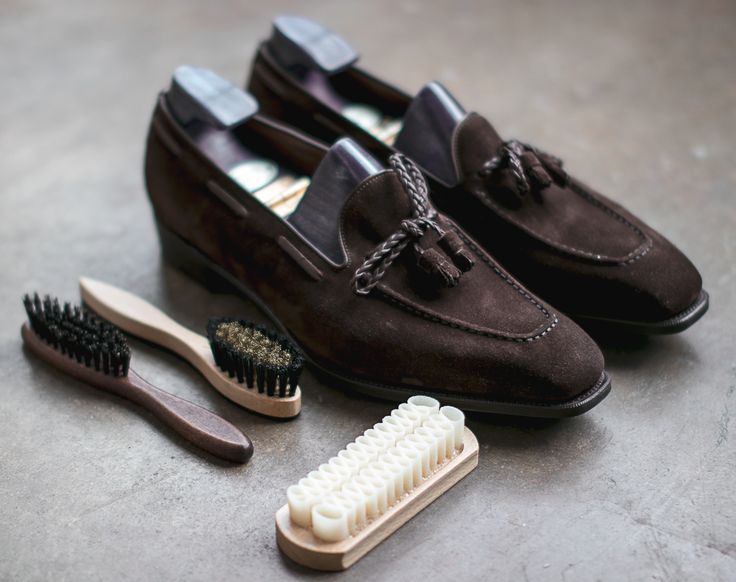 Dry brushing helps lift dust and dirt and even eliminate floor wax and grime stains off the material. Regular dry brushing also raises and refreshes the nap - the fine, raised fibers on the surface of the material.
Dry brushing helps lift dust and dirt and even eliminate floor wax and grime stains off the material. Regular dry brushing also raises and refreshes the nap - the fine, raised fibers on the surface of the material.
Use a regular suede brush for dry brushing. Opt for a suede brush with a combination of wire and nylon bristles. Hold the shoe over a trash bin so you don’t make a mess. Using short strokes, brush from toe to heel, starting at the center of the sole outwards in one direction. Don’t forget to dry brush the edges too!
Use a light hand for easy to remove dirt and dust. For stubborn, deep-seated stains like grime or traces of floor wax, brush deeply but do not overdo it. If you’re too heavy-handed with the brushing, you might end up destroying the sole - especially delicate suede.
NOTE: Expect shedding if you’re dry brushing suede material, this is normal. Suede is a delicate material and some fibers will shed from vigorous dry brushing but it won’t damage the material. Dry brushing will, in fact, prolong its life.
Dry brushing will, in fact, prolong its life.
Stains and Spot Cleaning
For dried up stains on the soles, use suede gommadine or suede gum cleaner to eliminate unsightly marks. Stain eraser or suede gum are also perfect for spot cleaning stubborn scuffs on the material.
For oily, heavy stains that don’t remove easily with dry brushing, you can use regular suede cream or foaming cleansers. Just spread a thin layer of cream or foam onto the material then brush gently in one direction. You can also use vinegar or rubbing alcohol to cut the grease or grime and remove unsightly marks.
As the dirt and grime are brushed off, you’ll notice the soles have regained their texture because of the raised nap. Regular cleaning should be done after every performance. Cleaning the shoes before a performance is a must but the cleaning itself is easy. Just give the material a good dry brush and you’re good to go.
Conditioning
After cleaning the dance shoe soles, it’s best to apply a conditioning product to preserve the texture and quality of the material.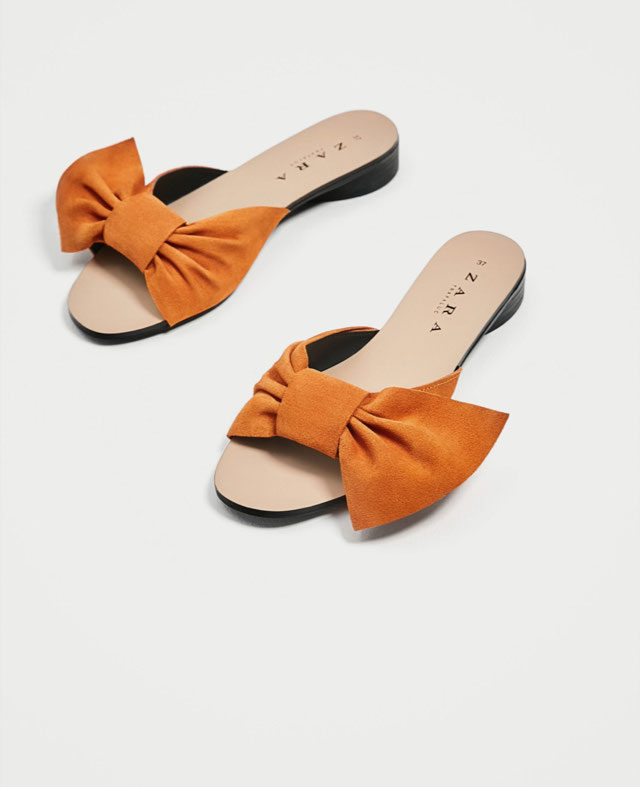 Use a regular suede conditioning spray helps restore the color, texture, and suppleness of the material. It also hydrates the material, preventing flaking, shedding, or cracking. Leather conditioning oils, all-purpose leather cream, leather moisturizers, and castor oil are also used to restore and revive aging dance shoe soles.
Use a regular suede conditioning spray helps restore the color, texture, and suppleness of the material. It also hydrates the material, preventing flaking, shedding, or cracking. Leather conditioning oils, all-purpose leather cream, leather moisturizers, and castor oil are also used to restore and revive aging dance shoe soles.
Always air dry the suede and microfiber material before storing the shoes to prevent mold growth and bad odors. Do not force to dry out the material using a blow dryer either because this will damage the soles.
Quick Cleaning
If you forgot to clean your dance shoe soles during a rehearsal or performance, here’s a quick fix: slightly dampen a piece of paper towel and blot the soles with it if they get too slippery. This trick will temporarily restore the traction of the textured soles.
But don’t do this often especially if you’re dealing with suede because you might end up causing even more damage to the material.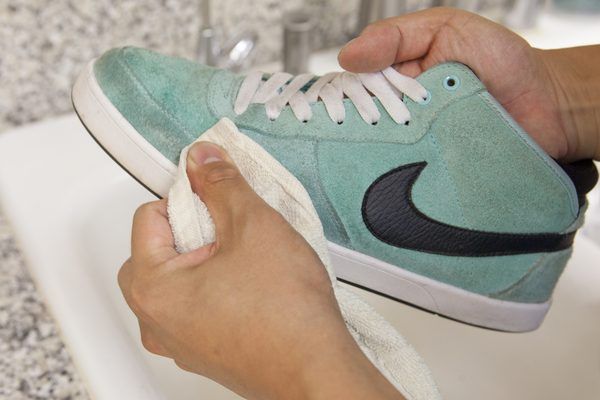 Don’t be lazy! It’s best to take time dry brushing the surface grime after every use and utilize the right products to boost the life of the shoe soles.
Don’t be lazy! It’s best to take time dry brushing the surface grime after every use and utilize the right products to boost the life of the shoe soles.
Again, make a habit out of keeping your shoes completely dry prior to storage so the material won’t dry out or worse, turn moldy. Store your dance shoes in a cool, dry place, away from direct sunlight and humidity. Exposure to moisture can easily ruin the soles of dance shoes.
Refresh
As you can imagine, dance shoe soles can turn into a breeding ground of bacteria if it's not cleaned often. After regular cleaning, we highly suggest packing your shoes in an airtight bag and putting it in the freezer for a few hours. The freezing temps will stop bacteria growth and reduce bad odors. The cold will also restore and refresh the quality of the shoe materials, including the soles. Just be sure to use an airtight bag so you’re not exposing the shoes to moisture.
If you are wary of sticking your dance shoes in the freezer to restore and deodorize, opt for activated charcoal.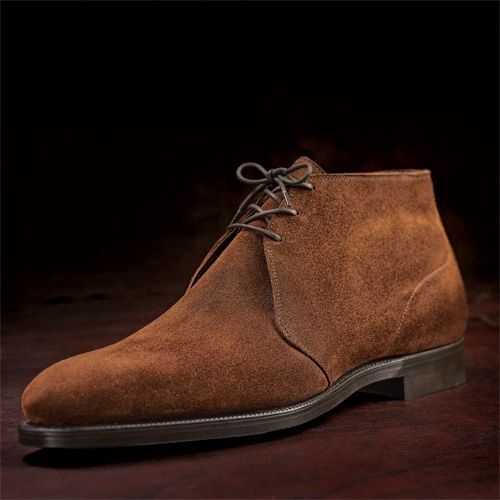 There are shoe bags that are treated with activated charcoal to absorb bad odors while also keeping your shoes nice and clean.
There are shoe bags that are treated with activated charcoal to absorb bad odors while also keeping your shoes nice and clean.
When it comes to cleaning the soles of your dance shoes, it’s important to act fast. Do not wait until the stains have settled in before removing them. If your shoes have developed bad odors from all the dirt and grime, refresh the shoes and use a mild deodorizer. By being proactive, you can extend the life of your dance shoe soles and get the most out of your money.
References
https://thedancestore.ca/best-way-to-clean-dance-shoes/.
https://www.ballroomdanceplanet.com/how-to-clean-ballroom-dance-shoes/#4-shoes-with-suede-soles
https://www.dance-america.com/three-quick-way-to-fix-suede-sole-36.html
https://blog.rayrose.com/how-to-clean-suede-dance-shoes/
https://www.skolyx.se/en/content/44-guide-cleaning-refreshing-and-protecting-suede-shoes
Back to blog
How to clean suede soles of your dance shoes
If you want to get the most out of your high quality dance shoes, it’s important to know how to take proper care of them. That includes knowing how to clean salsa shoes in order to keep them in optimal condition. Salsa shoes with suede soles are considerably more delicate than dance shoes made from other kinds of materials, and naturally they require more detailed care. We’ve put together this quick guide to help you navigate how to clean your shoes, including tips for tools that will make it all the more easy.
That includes knowing how to clean salsa shoes in order to keep them in optimal condition. Salsa shoes with suede soles are considerably more delicate than dance shoes made from other kinds of materials, and naturally they require more detailed care. We’ve put together this quick guide to help you navigate how to clean your shoes, including tips for tools that will make it all the more easy.
Clean suede soles of your latin dance shoes frequently
The reason why suede shoes require more care is that they’re not made with traditional leather rendering, meaning that the natural oils of the material are not stripped. This is great for dancers: it means that the fabric is soft to touch, moves and breathes easily, and greatly assists with grip. Unfortunately, suede is vulnerable to more dust and dirt and soak up more sweat than other kinds of materials like normal leather, so care after every use is really important to making sure you’re getting the most out of the high quality material. The sole of the latin dance shoe is really where you are going to see the most wear and dirt building up, so it’s crucial to keep it clean so that your dancing experience won’t be negatively impacted.
The sole of the latin dance shoe is really where you are going to see the most wear and dirt building up, so it’s crucial to keep it clean so that your dancing experience won’t be negatively impacted.
Invest in a professional dance shoe brush
The most important item to invest in is a dance shoe brush, which will allow you to remove the debris that will accumulate while dancing and using your salsa shoes. Using a suede shoe brush will allow you to keep the nap - or the fibers in the material that stand up when you run your hands over it, and which gives the shoe that soft touch - in tip top condition. Whenever you notice any kind of dirty buildup on your suede soles, use a short-haired and stiff brush and brush from toe to heel. In a pinch, you can even use a toothbrush - just don’t take the shortcut of throwing your shoes into the washing machine unless specifically advised otherwise by the manufacturer, as it can permanently damage your shoes.
When brushing your suede soles, don’t worry too much about fibers ‘shedding’ - it’s important to brush hard enough that you can dislodge anything that has built up on the shoe.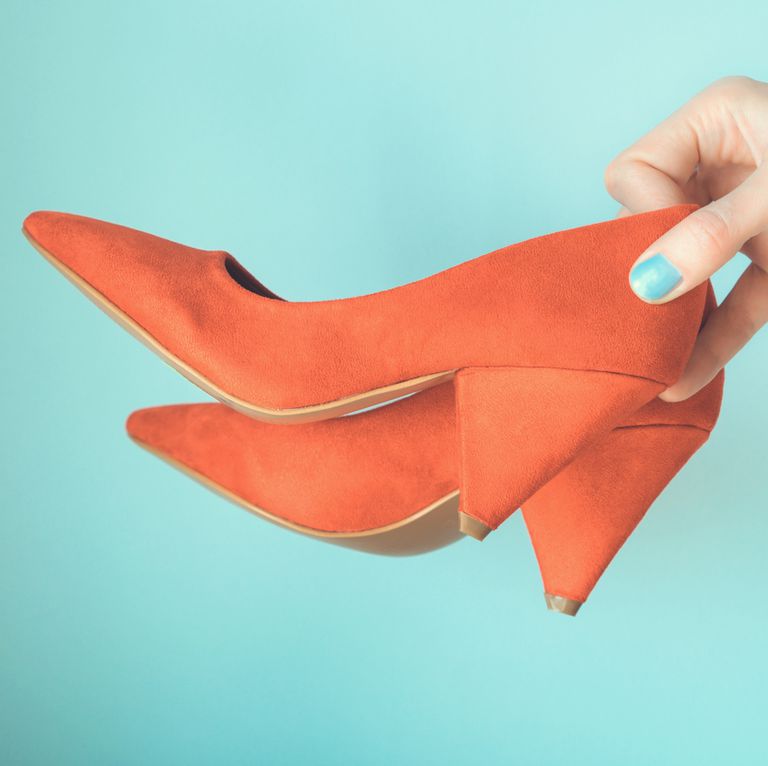 Because suede is a high quality material, your shoes should last you a long time, and brushing them with enough strength will actually increase the lifecycle of the shoe and not decrease it. It’s all about giving your salsa shoes the care they need so that they can continue to carry you.
Because suede is a high quality material, your shoes should last you a long time, and brushing them with enough strength will actually increase the lifecycle of the shoe and not decrease it. It’s all about giving your salsa shoes the care they need so that they can continue to carry you.
Hydrate your salsa shoe soles with oils
In addition to brushing your shoes, we also recommend rubbing oils such as Vitamin E or Castor oil onto the sole afterwards, to keep the soles happy and hydrated. This will also ensure that your soles are gliding smoothly and helping you perform all your best moves. If you follow these steps at least once a week, as well as whenever you notice buildup on your shoes, you’ll make your shoes - and your dancing life - much happier.
Once your dance shoe soles are clean - you are ready to dance!
In case you have more questions regarding this topic, don't hesitate to drop us a message or leave a comment below.
Back to Mama Havana BlogUse left/right arrows to navigate the slideshow or swipe left/right if using a mobile device
How to care for ballroom dancing shoes?
1.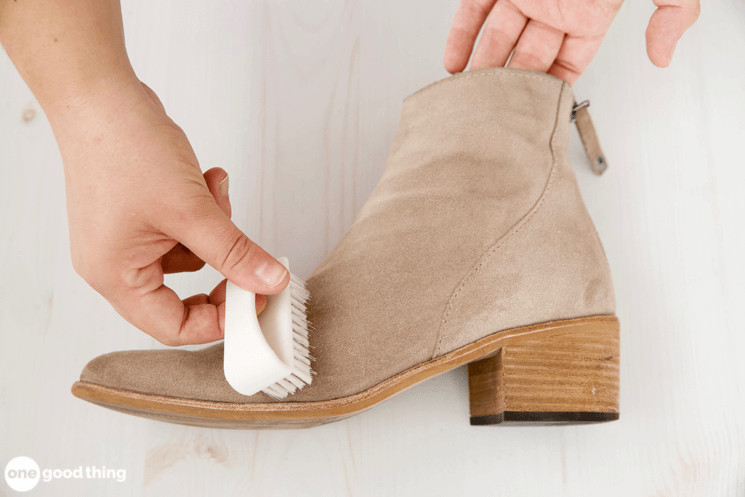 Dry your shoes after class or competition. Proper drying of shoes after a workout is a very important part of taking care of dance shoes to keep them in good condition. Take your shoes out of the bag as soon as you get home.
Dry your shoes after class or competition. Proper drying of shoes after a workout is a very important part of taking care of dance shoes to keep them in good condition. Take your shoes out of the bag as soon as you get home.
Wet shoes dry only at room temperature, and it is advisable to insert a stretcher into it or stuff it tightly with newspaper, napkins or crumpled paper (which must be changed periodically). Ballroom dance shoes can only be cleaned with special shoe care products, today such products are sold in almost any store.
Do not dry ballroom dance shoes near a radiator or any other source of heat! From this, the material may crack or even sit down!
If the shoes do shrink, use a shoe stretcher.
2. It is not recommended to “wash” shoes.
3. For transportation, manufacturers put special bags in boxes with shoes, there are special bags for shoes, you should not wear ballroom dancing shoes in plastic bags, shoes do not “breathe” in these bags.
The care of ballroom dance shoes depends on the materials used to make the shoes.
Satin ballroom shoes can be cleaned at home with a special shoe cleaner available from almost any dance store. It is necessary to strictly adhere to the instructions, and then your shoes will keep a presentable look longer. You can not rub such shoes with a brush or try to wash them with plain water - this will lead to thinning of the fibers of the fabric, and to the formation of ugly spools. You need to pay attention to the seams and fasteners. Places where the fabric can fray can be lubricated with natural oil.
4. Recently, it has become popular again to dye shoes in the color of a suit - this can be done both in the salon and on your own, choosing the right tone.
5. Many people stick rhinestones on their ballroom dance shoes, for this you need to use the same glue that is used to decorate the competition dress. For the period of gluing and drying, it is recommended to insert a special spacer into the shoes and fill them with paper.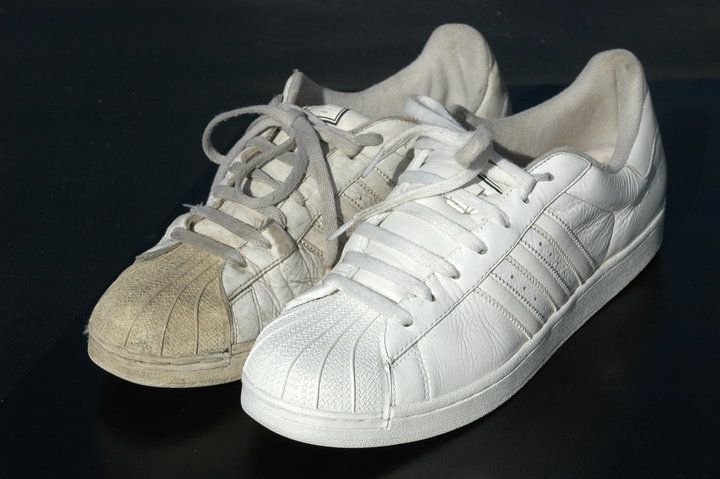 It is not recommended to wear shoes glued with rhinestones or decorated with laces for training, because. from frequent rubbing of shoes against each other, the stones will be slightly erased and lose their original luster.
It is not recommended to wear shoes glued with rhinestones or decorated with laces for training, because. from frequent rubbing of shoes against each other, the stones will be slightly erased and lose their original luster.
6. Genuine leather shoes are easy to care for. You can clean it with a damp cloth or sponge. There are specialized tools, but since. they are created primarily for street shoes, sometimes it is worth treating ballroom dance shoes with natural ones, for example, beeswax. To give shoes made of genuine leather shine, you can use a special polish sold in ordinary shoe stores.
7. Keeping track of men's suede and nubuck ballroom shoes is a little trickier. Do not use water to clean these shoes, water will promote the formation of new stains! Suede and nubuck are dry cleaned. Before the main cleaning, it is necessary to treat the shoes with a special brush with rubber. But you can also use the "grandmother's" method - an eraser and toothpowder! In order for shoes made of nubuck and suede to last longer, you need to stock up on special care products for such shoes and special impregnation.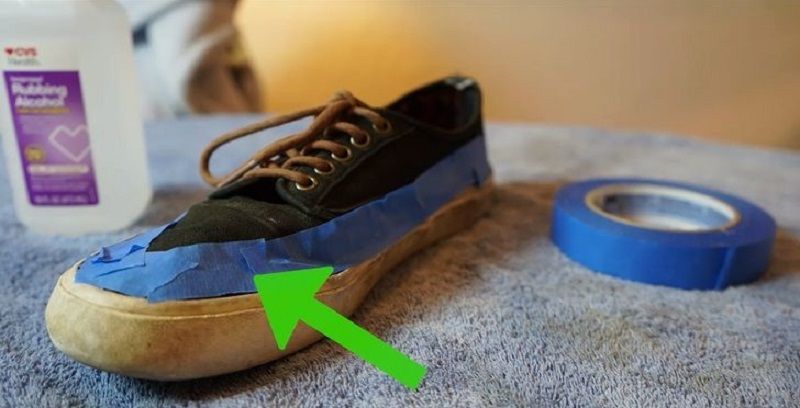
8. Lacquered ballroom dance shoes should be handled with care, even the smallest scratch will be visible on the lacquered surface! It is not necessary to clean new patent leather shoes - just wipe them with a flannel cloth. At the moment when the need arises for cleaning, it is best to use a soft sponge and soapy water, or use special products: shoe oils and balms. To remove stains, you can use nail polish remover without acetone.
Never use a brush to care for patent leather shoes! You can get rid of dull spots that sometimes appear on patent leather shoes by rubbing these spots with a cut onion or egg white. Patent shoes should not be kept near sources of heat and moisture. Otherwise, it may even become moldy! If suddenly your shoes are covered with mold, then carefully remove it and grease the surface with glycerin. Leave the glycerin on for 10 minutes, then remove it with a cloth.
Partners often complain that at the beginning of wearing patent leather shoes cling to each other and lose their presentable appearance.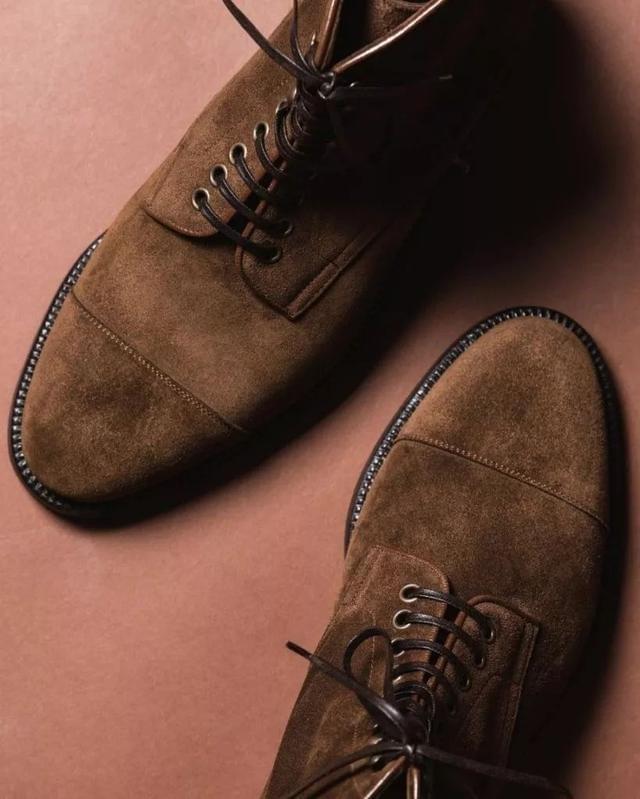 To solve this problem, there is a special tool that can be bought at the time of purchase of new shoes.
To solve this problem, there is a special tool that can be bought at the time of purchase of new shoes.
9. A very important part of ballroom dance shoe care is sole care. The sole is made of specially dressed leather, suede and has small villi. Your stability depends on the state of the sole - sliding on the parquet. Optimum adhesion to parquet is 70% dependent on the condition of your soles, the remaining 30% depends on the quality of the parquet.
The soles of ballroom dance shoes should be cleaned with a special brush before each practice session or any time on the floor, and once or twice during practice. For easier cleaning of the brush itself, it is recommended to put an old nylon stocking on it before use, which is removed after cleaning. The brush will be like new.
Almost all dancers wet the soles of their shoes with water, but this causes them to deteriorate rather quickly. If you have ever used this method, you will have to resort to it constantly. It is better to use castor oil for the same purposes.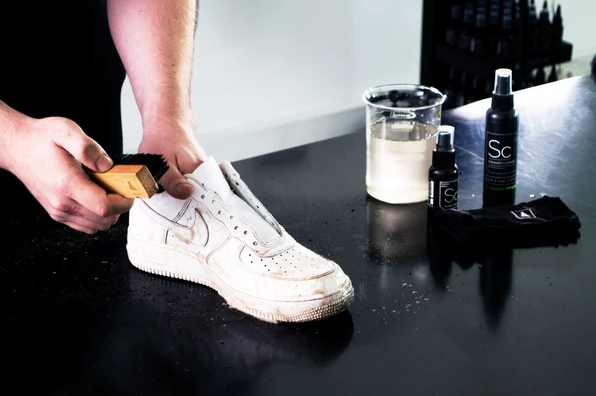
Some dancers spray their soles with hairspray, this may work for a short time but after the hairspray dries it gets worse. After that, it is almost impossible to clean the sole from the varnish.
10. There is a universal cleaner that is well known to motorists - this is the WD-40 fluid displacer. This tool will help clean the paraffin sole, from fat and disinfect it. But often you should not use this tool either, because. completely fat-free skin is also bad. Recently, a special powder has appeared on sale to help achieve the necessary slip on the parquet.
11. Change of heel heels - concerns mainly partners. It is better to purchase a spare pair of heels at the time of buying new shoes. Heels should be changed, not allowing them to wear out too much. Changing heels is a very simple action that anyone who has used a hammer at least once in their life can do. In order to replace the old heel, you need to fix it with pliers and pull it out. Then insert a new one so that the metal pin that is on the heel goes deep into the heel in the right direction, then drive the heel inside with a hammer.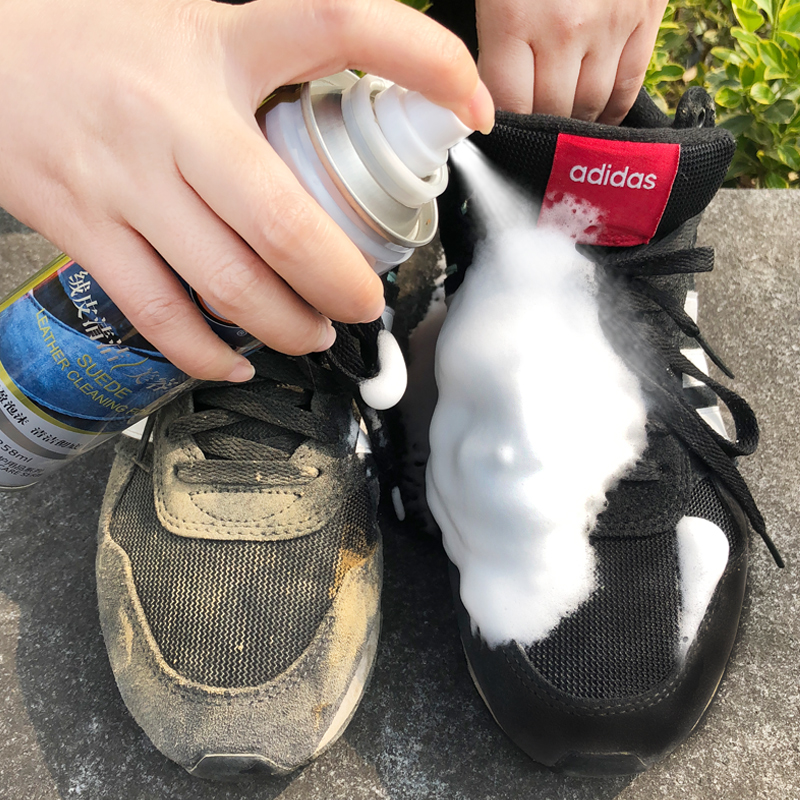
First of all, it is necessary to take care not of shoes, but of your own skin of legs and feet. It is necessary to take care of the feet, and recently appeared, special orthopedic insoles, invented specifically for ballroom dancing, will help to keep the shape of the feet as long as possible. A special powder, also designed specifically for dancers, will kill bacteria that spread infection and odors and help prevent excessive perspiration.
Insole care0048
Most insoles are made of artificial materials, but there are also insoles made of real leather, for example, Dance naturals (DN) uses only natural leather. It cannot be unequivocally said that one is better than the other. Artificial materials are easier to care for (which many ignore), genuine leather is, of course, comfort, but caring for it requires a special approach. And it is highly recommended to use a powder that kills bacteria. If the insole is not taken care of, it will get wet from aggressive sweat, become a breeding ground for bacteria, and, ultimately, this can lead to the loss of the internal shape of the shoe. It is very important that there is a certain adhesion between the soles of the feet and the insoles (not the sticking of a dirty and wet insole to the foot, but the adhesion).
It is very important that there is a certain adhesion between the soles of the feet and the insoles (not the sticking of a dirty and wet insole to the foot, but the adhesion).
Some manufacturers of ballroom dance shoes use a cushioning system - a special spring mechanism. There are several important points that tell us how the shoe manufacturers thought about dancers:
Shoe shape
If ballroom dancing shoes don't support the arch of the foot, these shoes are not suitable for dancers.
If the shape of the last leads to flat feet (which almost all manufacturers have!), then the rest of the care for the feet goes into second place.
Sole - see item no. 9
Note 1: Heel pads are a separate issue. Recently, different types of headbands have been used in terms of material, shape (different shape of the neck of the headband, different base), in addition, the use of different colors, effects (for example, with deodorant, with the addition of phosphorus, etc.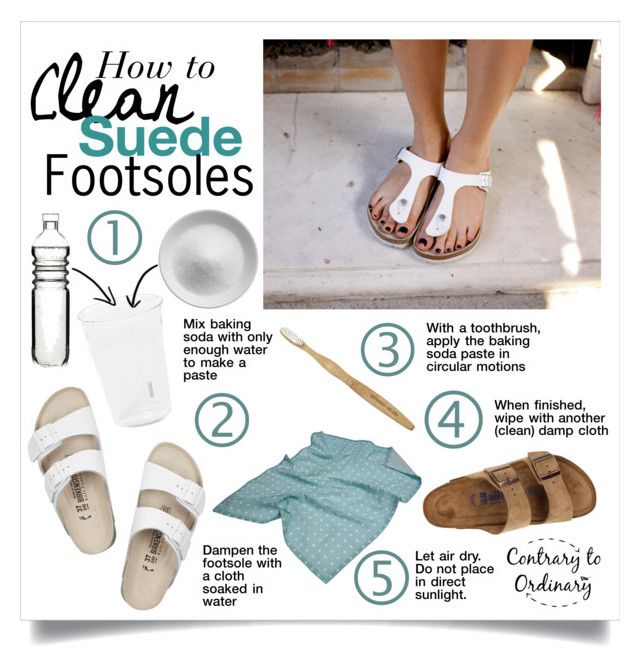 ) . All this is a separate topic for discussion.
) . All this is a separate topic for discussion.
Note 2: Today, various anti-slip powders such as anti-handle and anti-slip of German production are on sale. Discussion of the use of these powders is also a separate topic.
How long one pair of ballroom dancing shoes can be used
Many factors affect this, first of all, the duration of training, the shape of the foot, proper shoe care ... All this is very individual. And, of course, it depends on how many couples you have and how often you practice. For example, couples sponsored by English firms are given an average of five to six pairs of shoes per year for each athlete. The lifespan of shoes for intensive training and competitions ranges from 2-3 months on average. From a hygiene point of view, it is also recommended to change shoes every 3 months. With proper operation and good care, this figure can be increased up to one year. Well, from experience, the right approach, for example, to men's ballroom dancing shoes (the right choice of manufacturer, the right choice of model and size, and, of course, the right shoe care) allows shoes to serve for several years. Women's shoes serve, of course, less. But with the right approach to choosing ballroom dance shoes and with proper care for them, they can last several seasons.
Women's shoes serve, of course, less. But with the right approach to choosing ballroom dance shoes and with proper care for them, they can last several seasons.
The durability of ballroom dancing shoes, besides their care, is also affected by other factors: high-quality and accurate lasts, the raw materials from which the shoes are made, professional assembly on high-precision equipment, and many other points.
It is not recommended to buy ballroom dance shoes for children "for growth", this leads to rapid wear.
An additional note on the durability of ballroom shoes - shoes with stitched soles will last longer.
Dance shoes are guaranteed for 30 days. To avoid unpleasant situations, it is worth taking a spare pair with you to tournaments. Yes, just in case.
Source: orpheusmusic.ru
How to clean ballroom shoes | Encyclopedia of shoes
Denis Skoryatin 0 Comments ballroom, soap solution, natural leather, natural materials, unpleasant smell, first of all, clean, do, washing machine, warm water
How to properly handle ballroom dancing shoes is selected, and you have already worked out in it, took part in competitions - you should think about caring for it.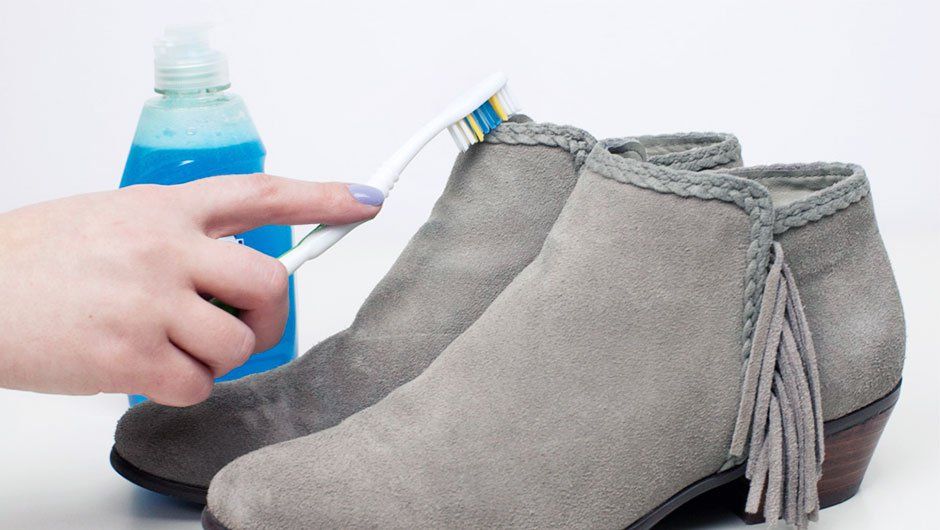 It doesn't matter if you buy dance shoes every month or two, or wear them for years, the simplest hygiene operations simply need to be done with them.
It doesn't matter if you buy dance shoes every month or two, or wear them for years, the simplest hygiene operations simply need to be done with them.
▪ After training or competition ballroom dancing shoes should be allowed to dry. Drying shoes every day is a necessary step in the care of your shoes to keep them in the right shape and condition. You need to get shoes out of the bag-case, immediately upon returning home.
Raw shoes are dried not in heat or cold, but at 18-24 degrees Celsius, while it is advisable to use a special stretch in the middle in the form of a shoe last or stuff it tightly with paper, preferably soft, which needs to be changed from time to time.
Ballroom dance shoes must not be dried near any external heat source (radiator, dryer, gas stove)! From this, the material may crack, warp, lose its original shape!
If your shoes are too small or too small and rub, use a shoe stretcher or put on warm socks soaked in alcohol or vodka and walk around in them for half an hour or an hour.
▪ It is best not to “wash” shoes in the washing machine.
What is more important for you when choosing shoes?
ConvenienceBeauty
▪ To transport shoes, manufacturers or stores sell shoes with special bags, there are also specialized bags for shoes. The main thing is that you can’t use plastic bags to carry shoes, because shoes don’t “breathe” in them, but “wrinkle”.
Care depends on the upper materials used in the manufacture of
— Satin or satin ballroom dance shoes can be cleaned with special cleaning products, which can probably be purchased at every store. It is forbidden to scrub dirt from such shoes with a brush or try to rinse with ordinary clean water - as a result, there will be a thinning of the fabric fibers, streaks and the formation of ugly spools. It is necessary to pay attention to buckles and straps, in these places there is a high probability of tearing and chafing. Therefore, tighten the tails along the course, you do not need to tighten in the opposite direction, so you can easily break the strongest straps. You can smear these places with natural vegetable colorless oil, and be sure to change them to new ones when they are rushed - the newly sewn ones become very rough, thick and very often rub the leg
You can smear these places with natural vegetable colorless oil, and be sure to change them to new ones when they are rushed - the newly sewn ones become very rough, thick and very often rub the leg
▪ In recent years, it has become popular to dye shoes to match the color of the suit. But it is better to immediately order shoes of the color you need, now this service has become more widely used, and manufacturers have a lot of new materials and colors.
▪ Many people glue stones to their ballroom shoes using the same glue you used to glue jewelry to a dress or latin. It is contraindicated to wear shoes with rhinestones or shoes decorated with laces for training, because the stones will slightly rub off from the frequent friction of the shoes against each other, stop shining or even fly off.
▪ It's quite easy to list genuine leather in shoes - we do this all the time with our outdoor shoes, so the principles and methods don't change. You can clean it from dirt with a wet sponge or a piece of cloth.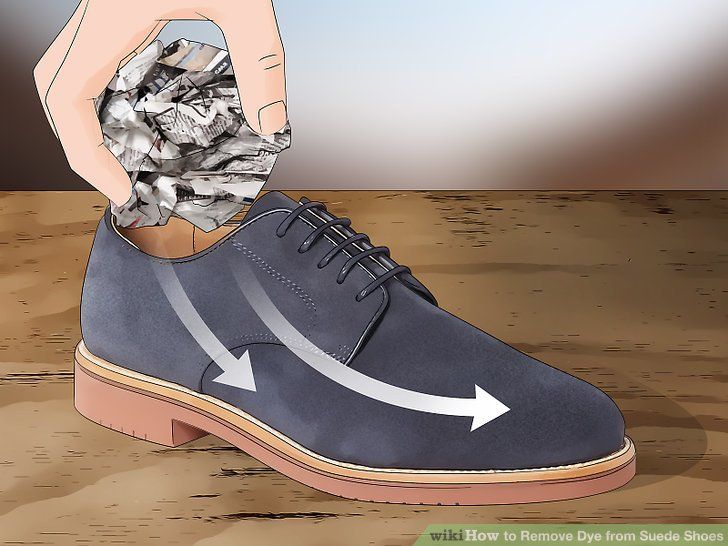 It is better to apply natural products based on beeswax to ballroom dancing shoes.
It is better to apply natural products based on beeswax to ballroom dancing shoes.
▪ A more complicated procedure is to track men's ballroom shoes in nubuck or natural suede . To clean these shoes, you can not take water, it will contribute to the appearance of new stains! These materials are cleaned only when dried. Before the main cleaning, you need to work with shoes with a brush with rubber inserts for suede leather (as they are called). But you can also use the folk way - with a wash (eraser) and toothpowder!
▪ Care must be taken when caring for patent ballroom shoes , as any (even the smallest) scratch on the varnish surface will be noticeable and may continue to grow over time! Only purchased shoes with a patent leather top can only be wiped with a flannel cloth. But when it becomes necessary to clean them, it is more advisable to use a soft sponge or cloth with soapy water. You can also use specialized products based on balms and natural oils.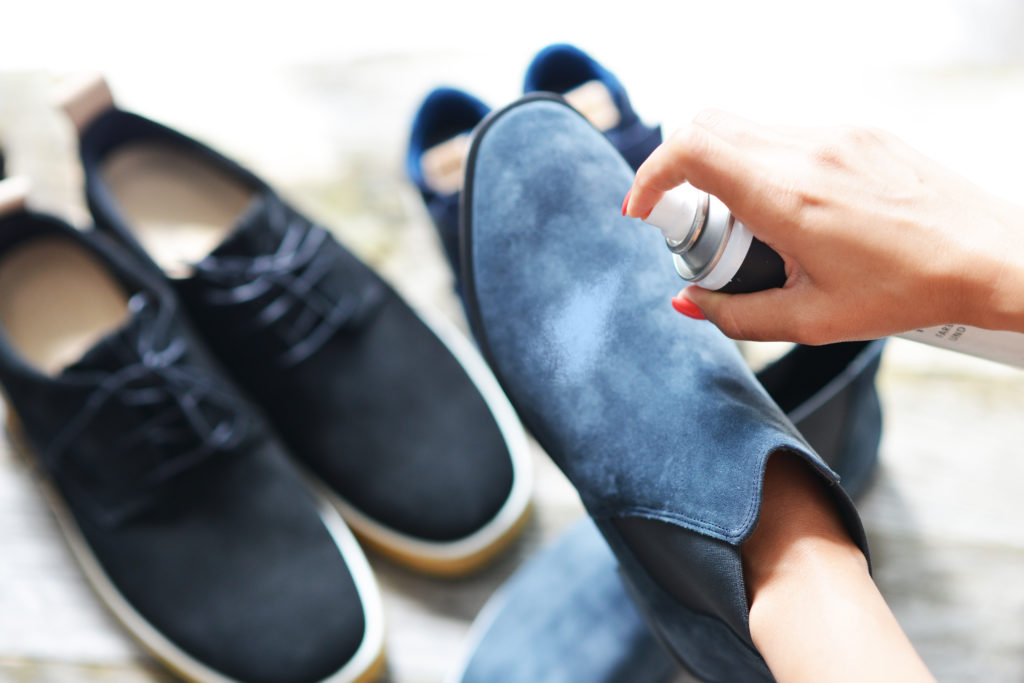
▪ A very important element of shoe maintenance is the sole care. It is made of specially selected leather - suede and has a fleecy structure. The condition of the sole directly affects your stability and at the same time the correct glide on parquet or laminate. The condition of the soles gives 70% of the influence on the grip of shoes with the floor, while the quality of the parquet only affects the remaining 30%.
It is necessary to rub and clean the soles of the shoes with a special brush with a hard metal bristle before each exit to the floor or training in order to again roughen the polished leather. To keep the brush itself neat, you can put on an old stocking before use. But most brushes are now varnished and everything superfluous is easily chipped from them.
Almost always, dancers moisten the soles of their shoes with water before dancing, but this is only a short-term remedy, and rather harmful to the shoes themselves. It is better to use a special tool for the same purpose - anti-slip, but not castor oil - shoes deteriorate from it and are very poorly repaired.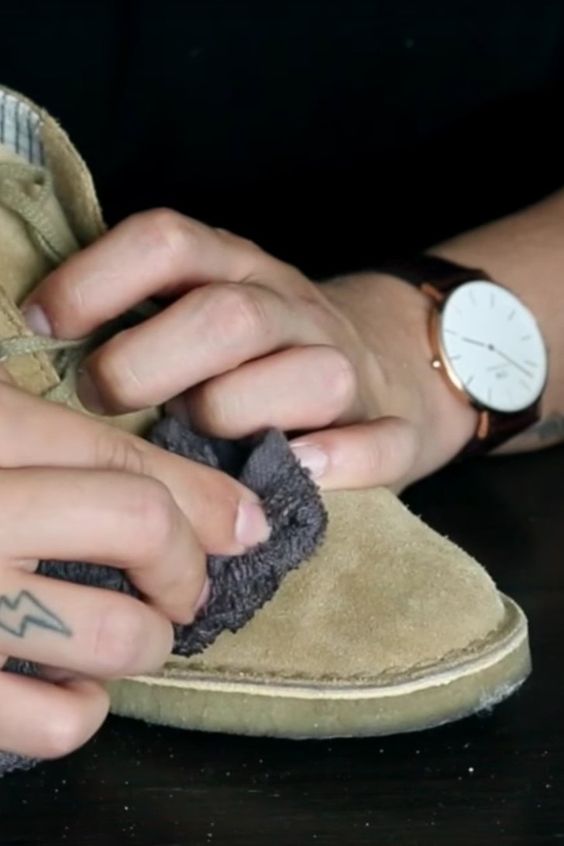
There are dancers who apply hairspray on the soles, this method can give a short-term effect, but after the varnish dries, it becomes even worse. After that, it is almost impossible to clean the sole from the varnish.
▪ There is a universal recipe for sole cleaning that is well known to riders - water displacer WD-40. This method will undoubtedly help to clean the sole from paraffin, fat and disinfect it. However, often the use of this tool is generally useless, because absolutely fat-free skin is also not the best option. Some time ago, a special powder came into the market, which helps to achieve the required slip in the parquet, but it is quite expensive and does not always give the desired result. In general, try, experiment and you will have a non-slip parquet.
▪ Change heel heels or - concerns mainly partners.
It is more correct to buy a spare pair of heels at once during the purchase of new shoes. Heels need to be replaced, in no way allowing them to completely wear out.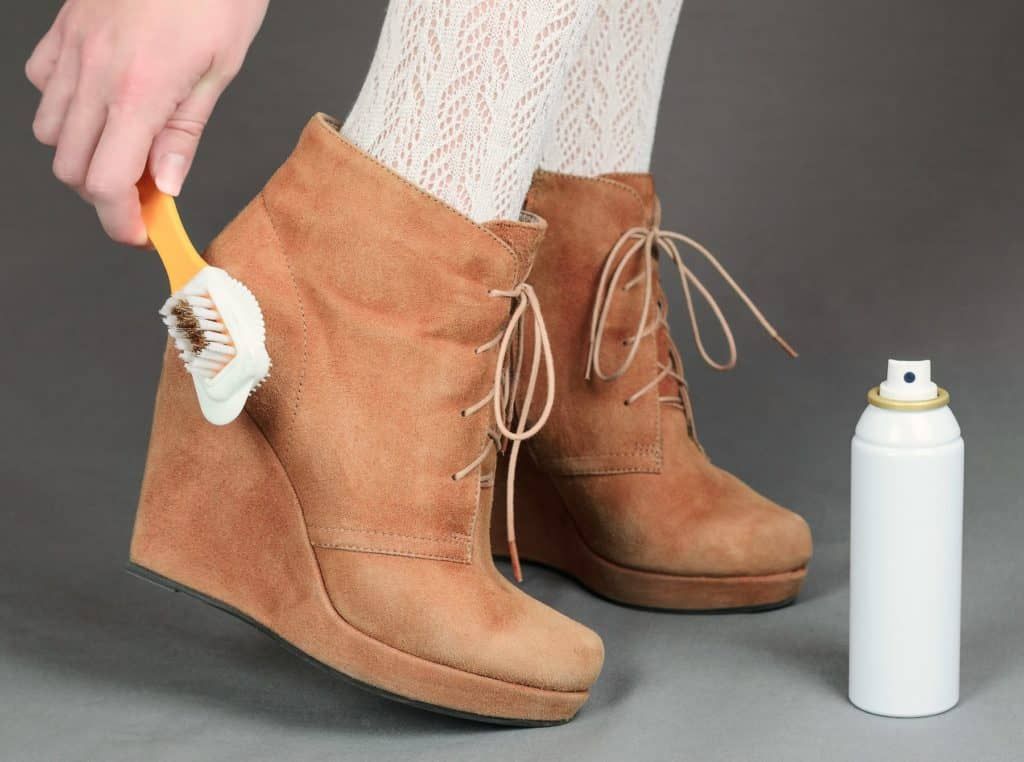 Changing heels is a fairly elementary task that can be handled by anyone with proper arms growth, not just legs. In order to replace the old heel, you need to fix it with pliers and pull it out. Then insert a new one, so that the metal pin that is on the heel goes deep into the heel in the right direction, and then drive the heel inside with a hammer. But it is better to contact a shoe repairman, without experience you can ruin everything.
Changing heels is a fairly elementary task that can be handled by anyone with proper arms growth, not just legs. In order to replace the old heel, you need to fix it with pliers and pull it out. Then insert a new one, so that the metal pin that is on the heel goes deep into the heel in the right direction, and then drive the heel inside with a hammer. But it is better to contact a shoe repairman, without experience you can ruin everything.
Insole care. Most insoles are made of artificial materials or a combination of artificial and natural materials, but there are also insoles made of real leather, for example, Galex uses only natural leather. As the experience of training shows, it is definitely impossible to choose what is better, each species needs to be looked after in its own way. Artificial materials can be less frequently and less labor-intensively looked after, but by no means should be ignored, but for natural leather, due to increased comfort, more frequent and demanding care has to be sacrificed.
And it is highly recommended to use a germ-killing powder. If you do not worry about the condition of the insole, the microbial environment will grow, become a breeding ground for germs, and, ultimately, this can cause the shoe to lose its internal shape and cause a very unpleasant smell. It is very important that there is some adhesion between the sole of the foot and the insoles (no sticking of the black and wet insole to the foot).
Shoe shape. If the ballroom dance shoes do not support the arch of the foot, these shoes are not suitable for dancers. A suitable shape and shoe last can only be selected by measuring it. Also pay attention to the shape of the sock in women's Latin - square or oval. The first is suitable for feet with the longest thumb, and the second with a longer index or middle.
How to clean ballroom shoes
Shoe shape (read more...)
First of all, you need to take care not of shoes, but of your own skin of the legs and feet.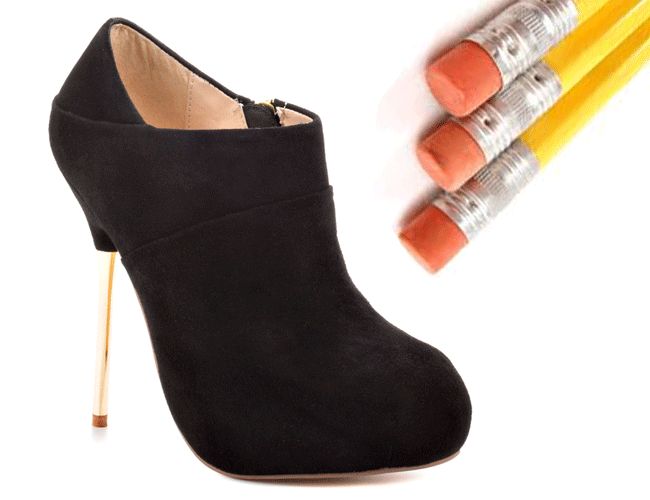 It is necessary to take care of the feet, and recently appeared, special orthopedic insoles, invented specifically for ballroom dancing, will help to keep the shape of the feet as long as possible. A special powder, also invented specifically for dancers, will kill bacteria that spread infection and bad odors, and help prevent excessive sweating..
It is necessary to take care of the feet, and recently appeared, special orthopedic insoles, invented specifically for ballroom dancing, will help to keep the shape of the feet as long as possible. A special powder, also invented specifically for dancers, will kill bacteria that spread infection and bad odors, and help prevent excessive sweating..
How to take care of ballroom dance shoes
4. Lately it has become popular again to dye shoes in the color of the costume - this can be done both in the salon and on your own, choosing the right tone. How to clean ball shoes
Wash your feet (read more...)
Leather shoes should be washed quickly and in cool water so that the temperature does not affect the adhesive joints. But synthetic ones can be soaked in a soapy solution for an hour or even run in a washing machine in a delicate mode with warm water.
How to take care of your climbing shoes: Evolv's advice
Climbing shoes don't need much maintenance, so don't be lazy and skip the simple tips in this article. Yes, yes, at first you think “Oh, yes, it will do!”, And then you catch sidelong glances at the climbing wall in the direction of your very bad-smelling climbing shoes 🙂 But this can be avoided, or at least reduce the scale of the disaster. Key points: keep climbing shoes away from heat sources, do not use harsh chemicals and store in a dry place. And then in order. How to clean ballroom shoes
Yes, yes, at first you think “Oh, yes, it will do!”, And then you catch sidelong glances at the climbing wall in the direction of your very bad-smelling climbing shoes 🙂 But this can be avoided, or at least reduce the scale of the disaster. Key points: keep climbing shoes away from heat sources, do not use harsh chemicals and store in a dry place. And then in order. How to clean ballroom shoes
Oriental dance (read more...)
Oriental dance or belly dance is mostly performed without shoes. But you can also use Czech shoes or ballet flats, as in ballet dances. Such shoes can be decorated with embroidery, beads, rhinestones or other decorative items.
How to choose the right shoes for dancing
In addition, dance shoes usually have an additional insole to absorb moisture, and this will provide you with more comfort. While some ordinary shoes can be comfortable and stylish, they can easily lead to injury.
